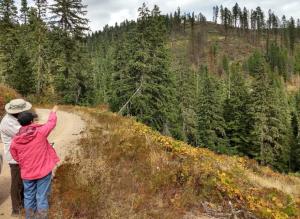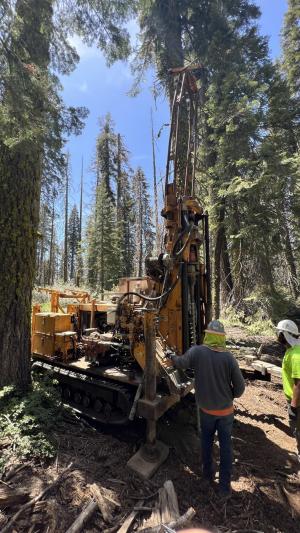Experimental Forests and Ranges
The Forest Service’s network of long-term experimental areas, commonly referred to as Experimental Forests and Ranges (EFRs), is the largest and longest-lived ecological research network in the United States. The current network of 84 Experimental Forests and Ranges has been established progressively since 1908; many sites are more than 60 years old.
This research network provides an incredible wealth of records and knowledge of ecological change in natural and managed forest and grassland ecosystems across the United States. Hosted on a combination of public and private lands, the network provides a home for long-term science and management studies in most major vegetation types of the United States. Individual sites range in size from 47 to 22,500 ha.
The 84 sites consist of 76 experimental forests, 4 experimental ranges, and 4 experimental watersheds. In addition to the Forest Service sites, five other experimental areas across the country are identified as “cooperating” experimental areas with formal memoranda of understanding between the regional Forest Service research station and the manager of the cooperating site.
Stories Featuring Experimental Forests and Ranges
-
Feature Story
-
Feature Story
-
Feature Story
-
Feature Story
SCIENCEx Experimental Forests and Ranges Week
Take a journey with us through a series of webinars focusing on the work we do within our Experimental Forests and Ranges across the Forest Service.
-
Webinars
-
Webinars
-
Webinars
-
Webinars
-
Webinars









